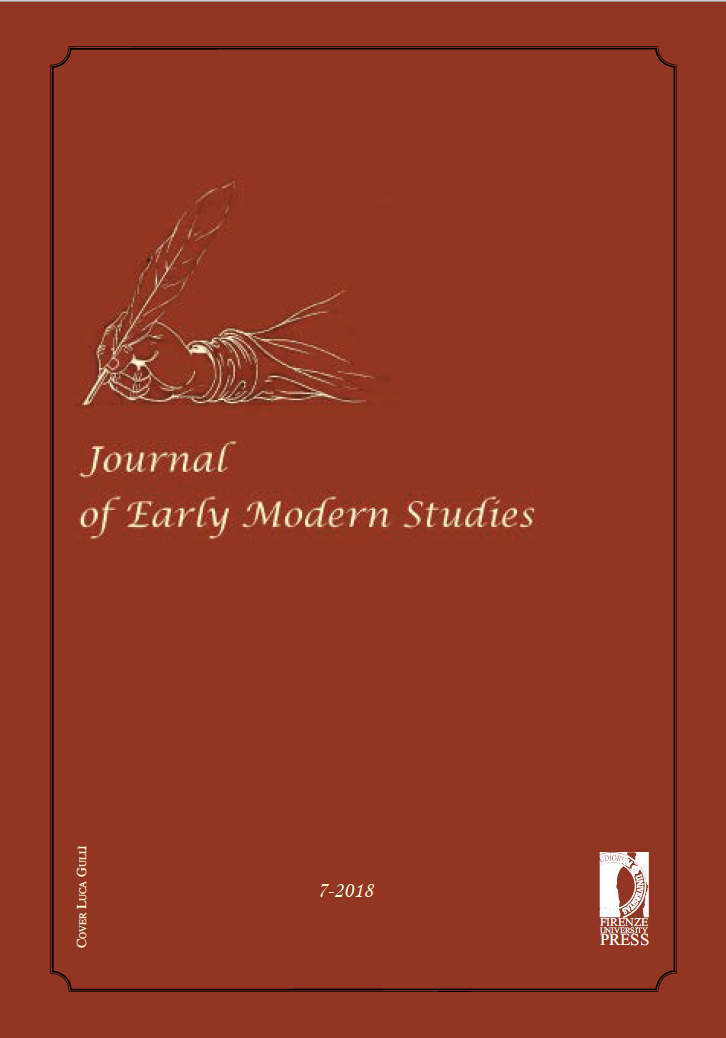Abstract
The article deals with two poetic translations of the first documents announcing the Discovery of the Americas: Giuliano Dati’s La storia della inventione delle nuove insule di Channaria Indiane (The History of the Discovery of the Indian Canary Islands), which rendered Columbus’ letter to the Spanish court, and Matteo Fortini’s Libro dell’Universo, which instead translated Amerigo Vespucci’s account. It concentrates on Dati’s cantare, exploring its status as a text destined to be recited and performed, and situates the poem within the author’s oeuvre. Closely comparing Dati’s stanzas with their main source (the Latin translation by Aliander de Cosco of one of Columbus’ letters in Spanish to the Court of Spain), the article demonstrates how Dati dismembered and re-assembled his material in accordance with the improvisational devices of the cantare, the poetic genre in which he was working. In so doing, Dati replaces the narrative sequence of Columbus’ (and Cosco’s) report with his own ordering. He substitutes for the coherence of the original a mode of ‘impulsive’ communication, a manner of transmission essentially indifferent to narrative flow, and he does so to the point where we can theorize what might be called a ‘poetics of confusion’, a compositional strategy which is perhaps to be identified with the cantari style.


